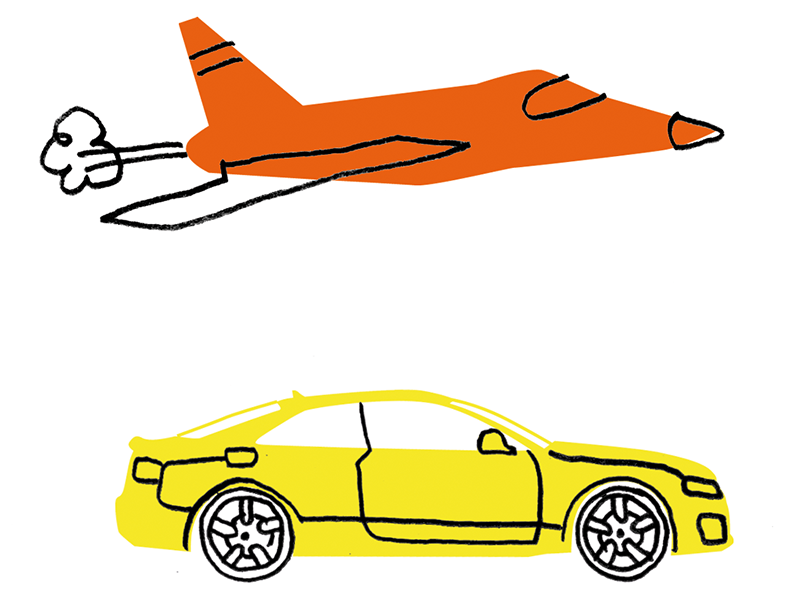1. Introduction
If you’re looking to experiment with different color schemes or create your own dream car, designing and coloring can be a fun hobby that allows auto fans to let their imaginations run wild and create unique, personalized designs. At colomio.com, you can advance your designs with the help of the advice and methods we provide. Check out our website to start designing and coloring your dream car today!
2. Understand the Basics of Vehicle Design
It’s crucial to comprehend the fundamentals of car design before you start drawing and coloring your ideal automobile. This will assist you in producing designs that are both aesthetically beautiful and useful.
2.1. Study Existing Vehicle Designs
Examining existing vehicle designs is one technique to gain an understanding of the fundamentals of vehicle design. Examine various vehicle kinds and consider the proportions, lines, and curves of the designs. Consider how these design components interact with one another to produce a harmonious design.
2.2. Know the Key Elements of Vehicle Design
Knowing the essential components of vehicle design is another method to grasp its fundamentals. The body, wheels, doors, windows, and other parts fall under this category. Understanding these essential components will enable you to produce a design that is both aesthetically beautiful and useful.
3. Sketch Your Ideas
Once you have a solid grasp of vehicle design, you should begin sketching out your concepts. Because it enables you to experiment with various ideas and concepts, sketching is a crucial step in the design process. To sketch your ideas, use a pencil and paper or a digital programmer like Sketchbook or Photoshop.
4. Choose Your Colors Wisely
It’s crucial to pick the proper colors for your ideal car because they have a big impact on how it looks and feels overall. For instance, if you’re designing a car with a BMW 325i emblem, you might want to choose colors that complement the emblem and enhance the overall aesthetic of the vehicle. Here are some pointers for picking the appropriate hues:
4.1. Understanding Color Theory
It’s crucial to comprehend color theory before you begin choosing colors. Understanding color schemes like monochromatic, analogous, and complementary colors is part of this.
4.2. Selecting the Right Color Scheme
Once you have a basic understanding of color theory, it’s time to choose the ideal color scheme for your ideal car. Choose complementary colors based on the ambiance and emotion you want to convey.
5. Experiment with Textures and Finishes
Trying out various textures and finishes can give your design more depth and character. To make particular components of your car stand out, think about using metallic or matte finishes.
6. Utilize Digital Tools
Your fantasy car’s design and colors can be helped by using digital tools like Sketchbook or Photoshop. You can experiment with various colors and textures using these tools, and you can quickly and easily update your design.
7. Seek Inspiration from Others
Seeing the designs of others can be a tremendous source of inspiration. Examine the design components of various vehicle designs you see online or in magazines. This can assist you in developing fresh concepts and methods to use in your own designs.
8. Practice Makes Perfect
Designing and drawing imaginary vehicles takes practice, just like any other ability. Till you get the desired outcomes, keep practicing and trying out other methods and instruments. Don’t be afraid to make mistakes because they frequently result in novel insights and concepts.
9. Conclusion
A fun and engaging hobby that lets you let your creativity run wild and create original designs is designing and coloring fantasy cars. Understanding the fundamentals of vehicle design, sketching your ideas, picking your colors carefully, experimenting with textures and finishes, using digital tools, looking for inspiration from others, and practicing frequently will help you advance your designs and produce vehicles that are both aesthetically pleasing and practical.

